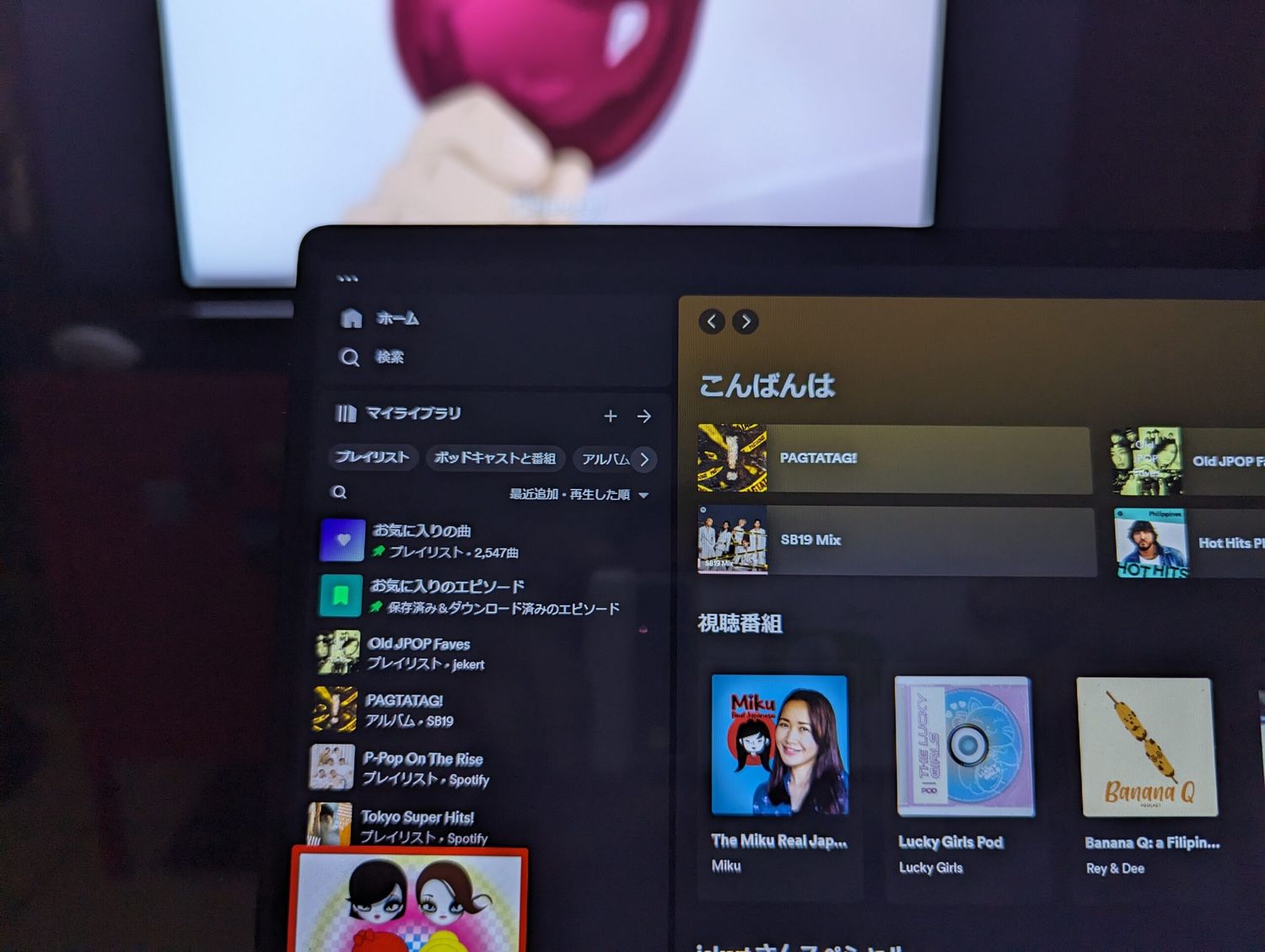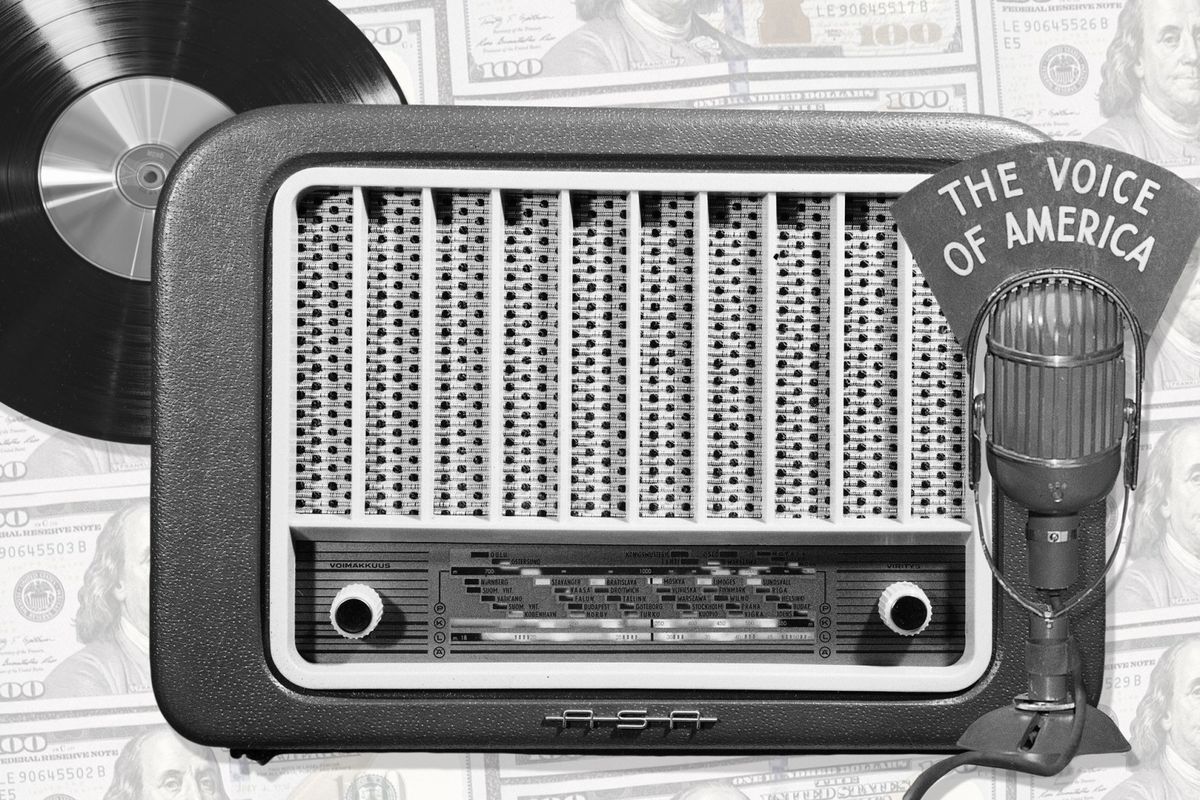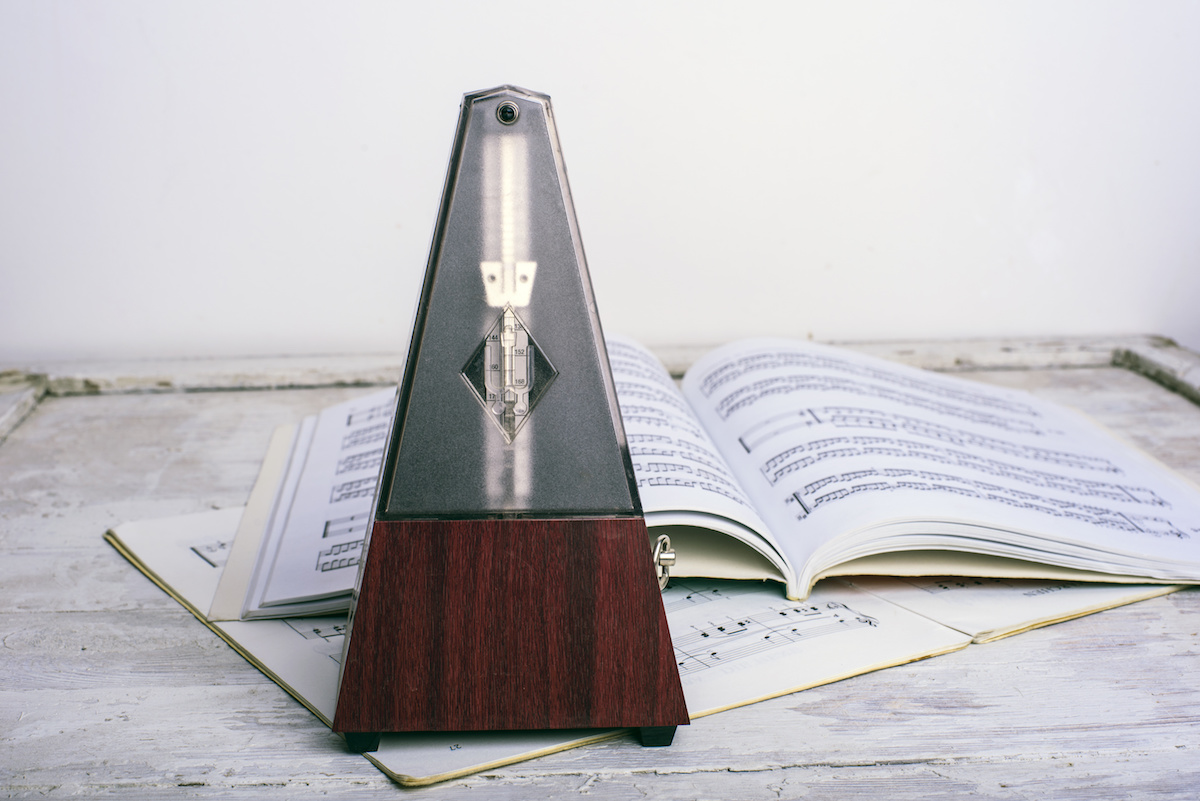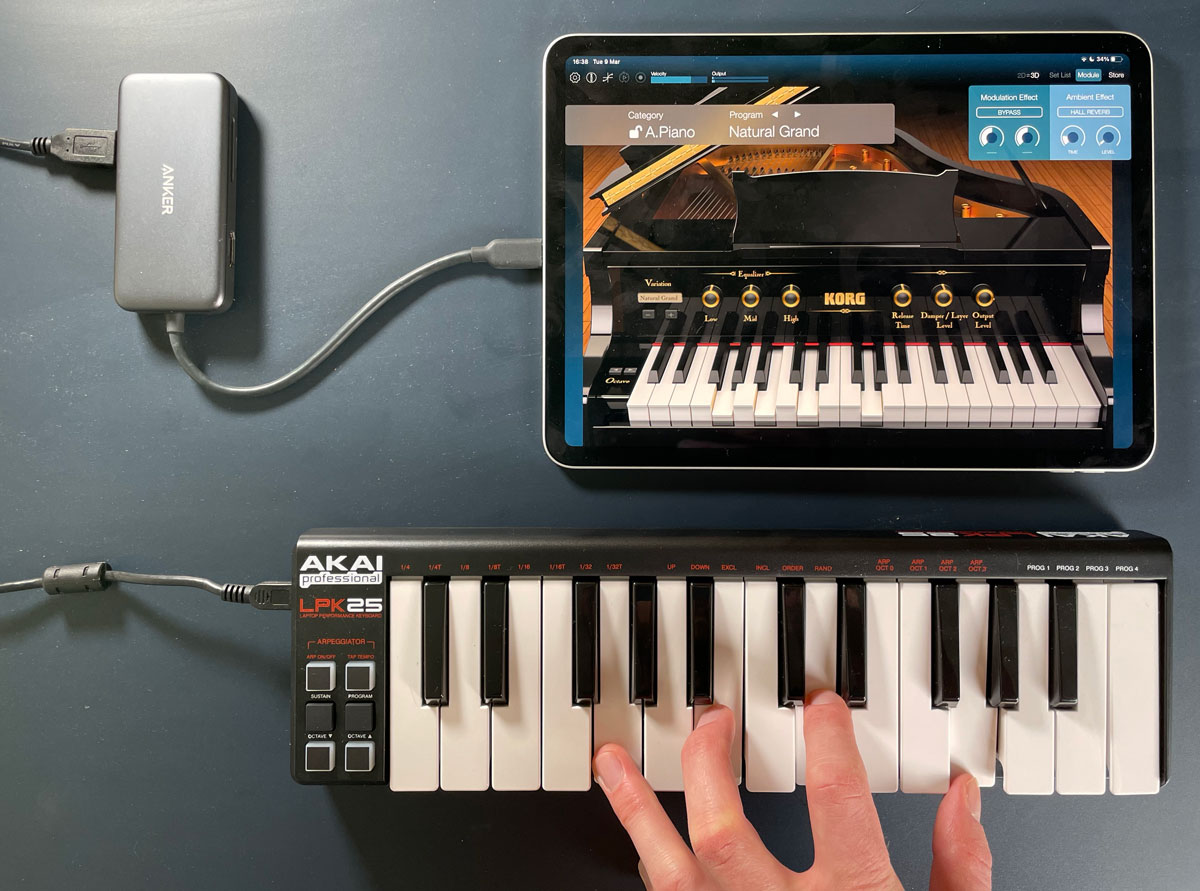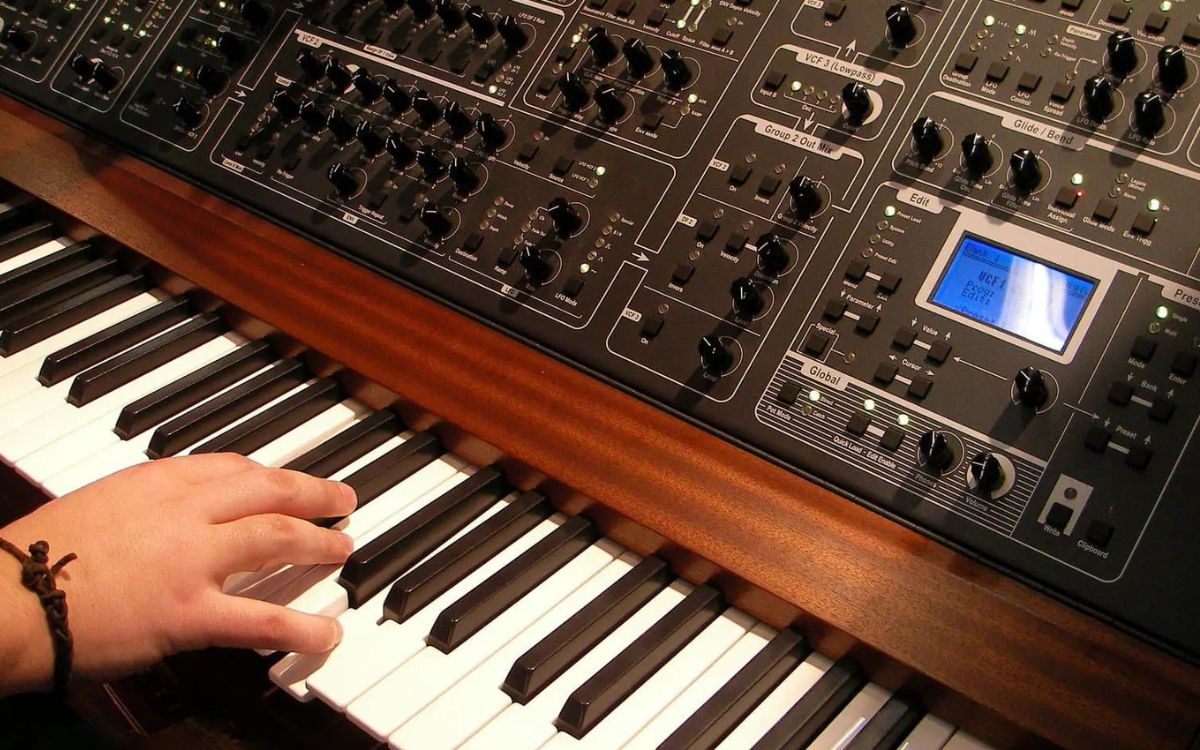Home>Production & Technology>DJ>How Does A DJ Turntable Work?
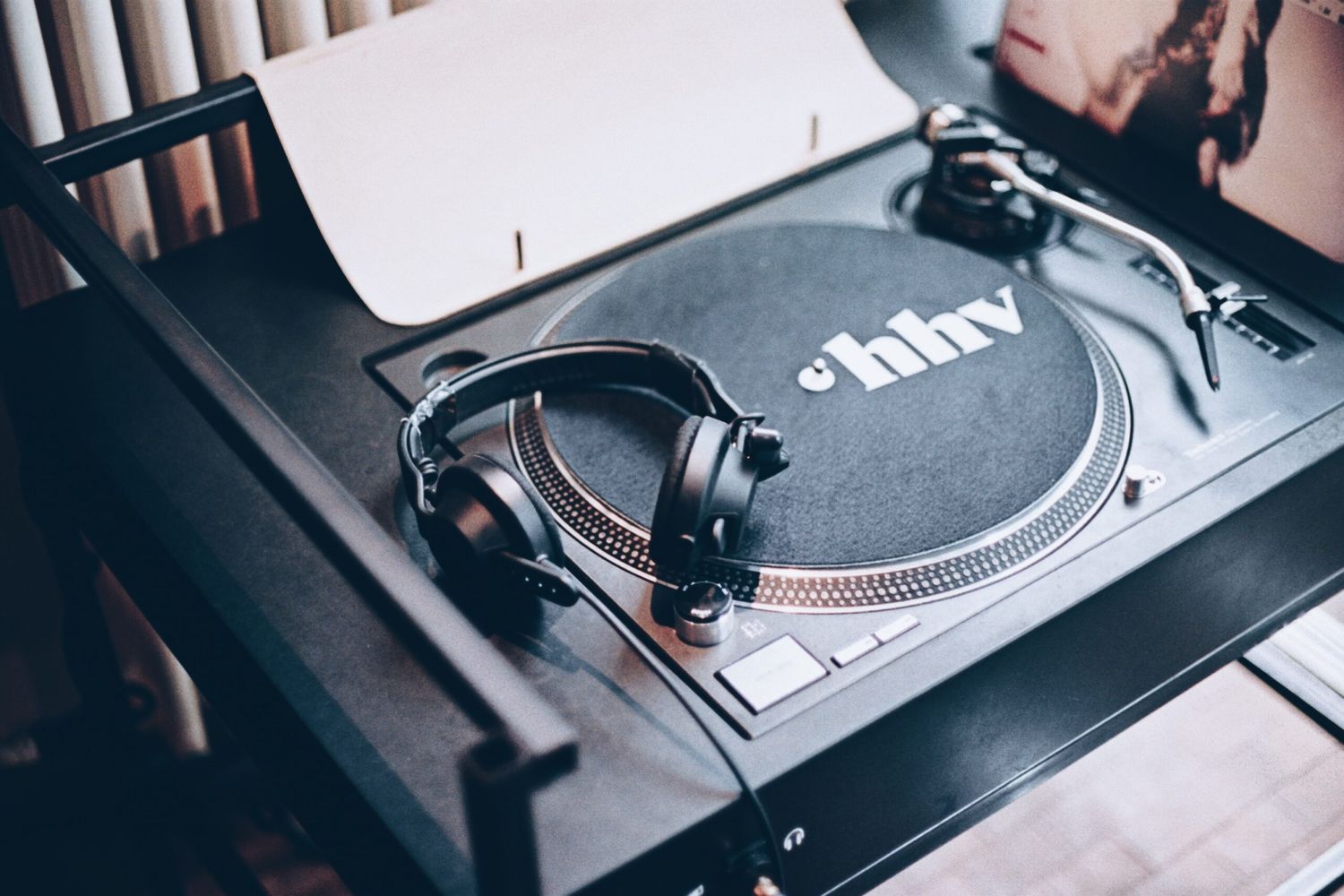

DJ
How Does A DJ Turntable Work?
Published: March 3, 2024
Discover how a DJ turntable works and the essential role it plays in the art of DJing. Learn about the mechanics and technology behind this essential piece of DJ equipment.
(Many of the links in this article redirect to a specific reviewed product. Your purchase of these products through affiliate links helps to generate commission for AudioLover.com, at no extra cost. Learn more)
Table of Contents
Introduction
A DJ turntable is a mesmerizing piece of musical equipment that forms the backbone of the art of DJing. It's the magical device that enables DJs to seamlessly blend, scratch, and manipulate music, creating an electrifying atmosphere on the dance floor. Understanding how a DJ turntable works is akin to unraveling the secrets behind a captivating musical performance.
The intricate mechanics of a DJ turntable come together to form a symphony of precision and artistry. From the stylus delicately tracing the grooves of a vinyl record to the rhythmic pulsations of the motor, every component plays a crucial role in shaping the sonic landscape. As we delve into the inner workings of a DJ turntable, we'll uncover the fascinating interplay of technology and creativity that powers this iconic musical instrument.
The allure of a DJ turntable lies not only in its technical prowess but also in its ability to evoke emotions and connect people through music. Whether it's the nostalgic crackle of a vinyl record or the pulsating beats of a modern digital track, the turntable serves as a conduit for musical expression. It's a portal that transports both the DJ and the audience into a realm where time seems to stand still, and the music takes center stage.
In this exploration of the DJ turntable, we'll unravel the components that make up this marvel of engineering and delve into the intricacies of its operation. From the precision of the tonearm to the rhythmic dance of the platter, each element contributes to the seamless flow of music, allowing DJs to craft unforgettable sonic experiences. Let's embark on a journey to demystify the inner workings of a DJ turntable and gain a deeper appreciation for the artistry it enables.
Components of a DJ Turntable
A DJ turntable is a marvel of engineering, comprising several key components that work in harmony to bring music to life. Understanding these components is essential for grasping the intricate mechanics behind the art of DJing. Let's explore the fundamental elements that form the core of a DJ turntable:
-
Plinth: The plinth serves as the sturdy foundation of the turntable, housing the motor and providing stability. It plays a crucial role in minimizing vibrations, ensuring that the delicate process of reading the record's grooves remains precise.
-
Platter: At the heart of the turntable lies the platter, a rotating disc where the vinyl record rests. The platter's smooth and consistent rotation is vital for maintaining a steady playback speed, allowing DJs to seamlessly mix and manipulate tracks.
-
Tonearm: The tonearm is a slender, pivoting arm that holds the cartridge and stylus. Its precision and balance are essential for accurately tracking the grooves of the record, translating the physical undulations into electrical signals that produce sound.
-
Cartridge and Stylus: The cartridge, often equipped with a diamond-tipped stylus, is responsible for converting the mechanical vibrations from the record grooves into electrical signals. This process is crucial for accurately reproducing the audio content of the vinyl record.
-
Motor: The motor is the powerhouse of the turntable, driving the rotation of the platter with precision. Whether it's a direct-drive or belt-drive system, the motor's ability to maintain a consistent rotational speed is vital for stable playback and seamless mixing.
-
Pitch Control: This feature allows DJs to adjust the playback speed of the turntable, enabling precise beat matching and tempo control. It empowers DJs to seamlessly blend tracks of different speeds, a fundamental skill in the art of DJing.
-
Controls and Interface: Modern DJ turntables often feature a range of controls and interfaces, including start/stop buttons, pitch sliders, and cueing mechanisms. These intuitive features provide DJs with the tools to manipulate and craft their sonic journeys with finesse.
Understanding the intricate synergy between these components is pivotal for mastering the art of DJing. Each element plays a vital role in shaping the sonic landscape, allowing DJs to weave their creative narratives through the power of music. As we unravel the operation of a DJ turntable, we'll witness these components spring to life, harmonizing to deliver captivating musical experiences.
Turntable Operation
The operation of a DJ turntable is a mesmerizing dance of precision and artistry, where the convergence of mechanical ingenuity and musical expression takes center stage. At the core of this operation lies the seamless interplay of key components, each contributing to the fluidity and fidelity of the music playback.
When the DJ places a vinyl record on the platter, the turntable comes to life as the motor initiates the rotation of the platter. The smooth and consistent motion of the platter is essential for maintaining the accurate playback speed, laying the foundation for seamless mixing and manipulation of tracks. As the stylus delicately traces the grooves of the vinyl record, the mechanical vibrations are captured by the cartridge and translated into electrical signals, giving rise to the melodic tapestry that fills the air.
The tonearm, with its delicate balance and precision, plays a pivotal role in accurately tracking the undulations of the record grooves. Its graceful movement across the vinyl surface ensures that the stylus maintains optimal contact, allowing for the faithful reproduction of the recorded audio content. This intricate process exemplifies the harmonious convergence of technology and art, where the physical intricacies of the vinyl record are transformed into a symphony of sound.
Pitch control emerges as a fundamental tool in the operation of a DJ turntable, empowering DJs to manipulate the playback speed with finesse. This feature is instrumental in beat matching and tempo control, allowing DJs to seamlessly blend tracks of varying speeds and genres. The ability to precisely adjust the pitch opens a realm of creative possibilities, enabling DJs to craft seamless transitions and captivating musical journeys.
The intuitive controls and interfaces of modern DJ turntables provide DJs with a palette of tools to shape their sonic narratives. Start/stop buttons, pitch sliders, and cueing mechanisms offer a seamless interface for DJs to unleash their creativity and technical prowess. These controls serve as conduits for artistic expression, allowing DJs to sculpt the musical landscape with precision and flair.
As the operation of a DJ turntable unfolds, it becomes evident that every component and mechanism plays a vital role in shaping the sonic experience. The rhythmic dance of the platter, the delicate precision of the tonearm, and the dynamic control features converge to form a symphony of technology and artistry. It's within this symphony that DJs find their canvas, painting vibrant musical tapestries that resonate with audiences and transcend the boundaries of time and space.
Pitch Control
Pitch control stands as a fundamental feature in the arsenal of a DJ, wielding the power to transform the sonic landscape with precision and finesse. At its core, pitch control empowers DJs to manipulate the playback speed of a turntable, offering a gateway to seamless beat matching, tempo control, and creative sonic exploration.
The ability to adjust the pitch of a track is pivotal for DJs seeking to craft seamless transitions and harmonious blends. Whether it's aligning the beats of two tracks for a flawless mix or subtly altering the tempo to infuse a unique rhythmic flavor, pitch control serves as the linchpin of creative expression in DJing. By finely tuning the playback speed, DJs can synchronize the rhythmic pulse of diverse tracks, creating a cohesive and immersive musical journey for their audience.
In the realm of DJing, pitch control transcends mere technical manipulation; it embodies the art of sculpting sonic landscapes and orchestrating emotive experiences. The subtle adjustments made possible by pitch control enable DJs to imbue their sets with a distinct personality, seamlessly transitioning between genres, moods, and tempos. It's within these nuanced alterations that the true artistry of DJing emerges, as DJs harness the power of pitch control to weave intricate musical narratives that resonate deeply with their audience.
Moreover, pitch control serves as a gateway to innovation and experimentation, allowing DJs to push the boundaries of sonic exploration. By modulating the pitch, DJs can introduce captivating variations in the rhythmic structure of tracks, infusing them with a dynamic energy that captivates listeners. This creative freedom empowers DJs to transcend traditional boundaries and craft bold, genre-defying sonic experiences that leave a lasting impression on their audience.
The seamless integration of pitch control into the fabric of DJing highlights its indispensable role in shaping the art form. It embodies the delicate balance between technical precision and artistic expression, offering DJs a versatile tool to craft immersive and evocative musical journeys. As the rhythmic pulse of the turntable responds to the deft adjustments of pitch control, it becomes clear that this feature is not merely a technical function but a conduit for boundless creativity and sonic innovation.
Tonearm and Cartridge
The tonearm and cartridge form the core of a DJ turntable's ability to faithfully reproduce the audio content from vinyl records. Their intricate interplay embodies the delicate balance between mechanical precision and sonic artistry, shaping the essence of the DJing experience.
The tonearm, a slender and pivoting arm, serves as the conduit through which the cartridge and stylus interact with the vinyl record. Its pivotal role lies in maintaining optimal balance and tracking force, ensuring that the stylus glides smoothly along the record's grooves. The precision of the tonearm's movement is paramount, as it directly influences the accuracy of the stylus in capturing the nuances of the recorded audio. This delicate dance of the tonearm across the vinyl surface epitomizes the seamless fusion of mechanical engineering and musical expression.
Complementing the tonearm, the cartridge houses the crucial components responsible for translating the physical vibrations of the record grooves into electrical signals. Equipped with a diamond-tipped stylus, the cartridge delicately traces the undulations of the vinyl, capturing the intricate variations that define the audio content. The stylus's ability to maintain precise contact with the record's grooves is essential for faithfully reproducing the recorded music, preserving the nuances and dynamics that define the sonic character of each track.
The synergy between the tonearm and cartridge is a testament to the meticulous craftsmanship that underpins the art of DJing. Their seamless collaboration ensures that the mechanical intricacies of the vinyl record are transformed into a vivid auditory tapestry, resonating with clarity and fidelity. As the stylus glides across the grooves under the guidance of the tonearm, it becomes a conduit for the emotional essence of the music, breathing life into each sonic vibration.
In the world of DJing, the tonearm and cartridge stand as guardians of sonic purity, upholding the integrity of the recorded audio with unwavering precision. Their meticulous operation transcends the realm of mere playback, elevating the art of DJing to a form of sonic alchemy, where the physical essence of vinyl is transmuted into an immersive auditory experience. It's within this delicate interplay of mechanical grace and sonic fidelity that the true magic of DJing unfolds, captivating audiences and igniting a profound connection through the power of music.
Platter and Motor
At the heart of a DJ turntable, the platter and motor stand as the dynamic duo that fuels the rhythmic pulse of the music. The platter, a rotating disc where the vinyl record rests, serves as the canvas upon which the sonic journey unfolds. Its smooth and consistent rotation is paramount for maintaining a steady playback speed, laying the foundation for seamless mixing and manipulation of tracks. The platter's precision is a testament to the meticulous engineering that underpins the art of DJing, ensuring that every sonic nuance is faithfully conveyed to the audience.
Driving the rhythmic dance of the platter is the motor, the powerhouse of the turntable. Whether it's a direct-drive or belt-drive system, the motor's ability to maintain a consistent rotational speed is vital for stable playback and seamless mixing. The seamless integration of the motor and platter creates a symphony of motion, where the delicate undulations of the vinyl record are transformed into a captivating auditory experience.
The motor's role extends beyond mere rotation; it embodies the heartbeat of the turntable, infusing each track with a pulsating energy that resonates with the audience. Its unwavering precision ensures that the sonic journey remains uninterrupted, allowing DJs to craft seamless transitions and dynamic musical narratives. As the motor propels the platter into motion, it becomes a conduit for the rhythmic ebb and flow of the music, enveloping listeners in a captivating sonic embrace.
The platter and motor, in their harmonious synergy, exemplify the marriage of technical prowess and artistic expression that defines the art of DJing. Their seamless operation forms the bedrock of the turntable's ability to transport audiences into a realm where music takes center stage. It's within this captivating interplay of motion and energy that the true magic of DJing unfolds, as the platter and motor converge to create an immersive sonic experience that transcends the boundaries of time and space.
Conclusion
In conclusion, the DJ turntable stands as a timeless emblem of musical artistry and technical ingenuity. From the rhythmic dance of the platter to the delicate precision of the tonearm, every component harmonizes to create a captivating symphony of sound. The allure of the DJ turntable lies not only in its technical prowess but also in its ability to evoke emotions and connect people through music.
As we've delved into the inner workings of the DJ turntable, we've gained a deeper appreciation for the intricate mechanics that underpin the art of DJing. The seamless interplay of key components, such as the platter, tonearm, cartridge, motor, and pitch control, exemplifies the delicate balance between technology and artistry. These elements converge to form a canvas upon which DJs weave vibrant musical narratives, captivating audiences with their sonic journeys.
Moreover, the DJ turntable serves as a bridge between the past and the present, honoring the rich legacy of vinyl records while embracing the innovations of modern technology. Whether it's the nostalgic crackle of a vinyl record or the pulsating beats of a digital track, the turntable remains a timeless conduit for musical expression.
The art of DJing transcends mere technical manipulation; it embodies a form of sonic alchemy, where the physical essence of music is transformed into an immersive auditory experience. Through the seamless operation of the turntable, DJs harness the power of music to transport audiences into a realm where time seems to stand still, and the music takes center stage.
In essence, the DJ turntable is more than a musical instrument; it's a vessel for creativity, a conduit for expression, and a catalyst for profound connections through the universal language of music. As we conclude our exploration of the DJ turntable, we're reminded of its enduring legacy and its ability to inspire, unite, and elevate the human spirit through the transcendent power of sound.




